YONA FRIEDMAN. Mobile Architecture, People’s Architecture
Full bio
Yona Friedman
(Budapest, 1923) is a Hungarian-born French architect. Starting in 1958 with his Manifesto de l’Architecture Mobile he has formulated and championed the idea that the inhabitant should be the sole conceptor of his own living premises within a spaceframe structure that would allow individual variations. His theory influenced avant-garde groups like the Japanese Metabolists, Archigram…

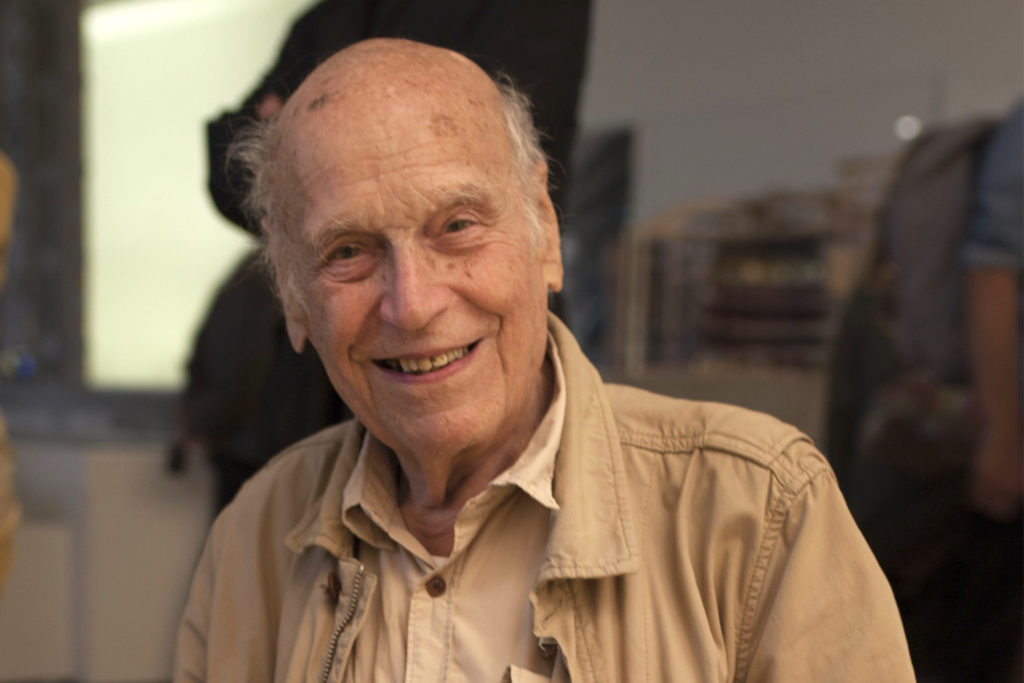
Friedman, Yona
(Budapest, 1923) is a Hungarian-born French architect. Starting in 1958 with his Manifesto de l’Architecture Mobile he has formulated and championed the idea that the inhabitant should be the sole conceptor of his own living premises within a spaceframe structure that would allow individual variations. His theory influenced avant-garde groups like the Japanese Metabolists, Archigram and many more. His manifesto was followed by more than forty books and hundreds of articles in Europe, America and Asia. His projects for the Ville Spatiale (Spatial Town) concept of space frame architecture were considered utopian, until the building of the “self-planned” Lycée Henri-Bergson in Angers in 1980 and many other smaller projects, showed that he is actually a realist, merely critical of mainstream architecture.
photogallery


























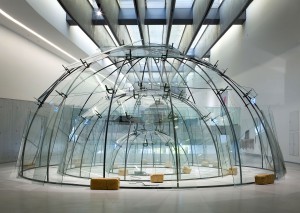





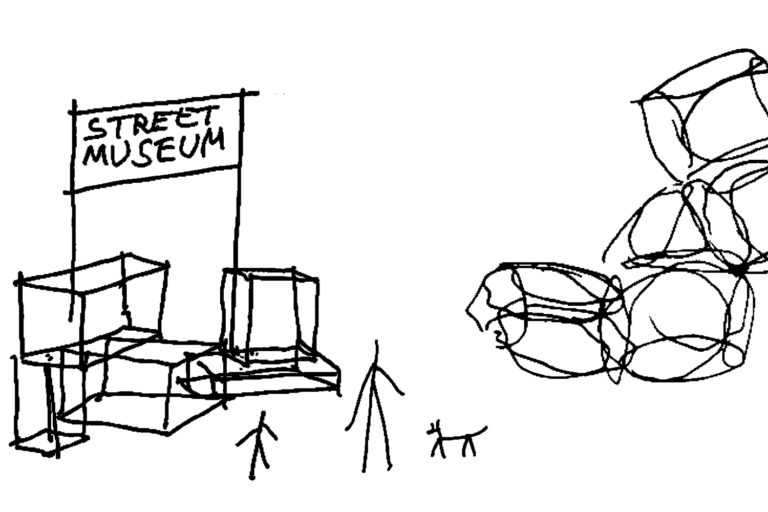




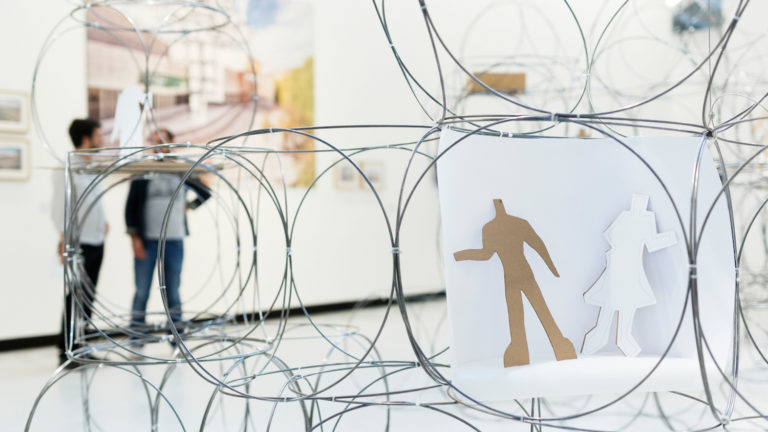


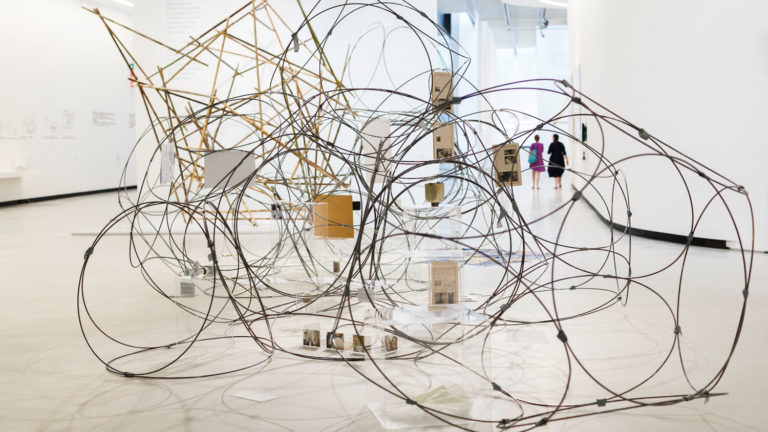

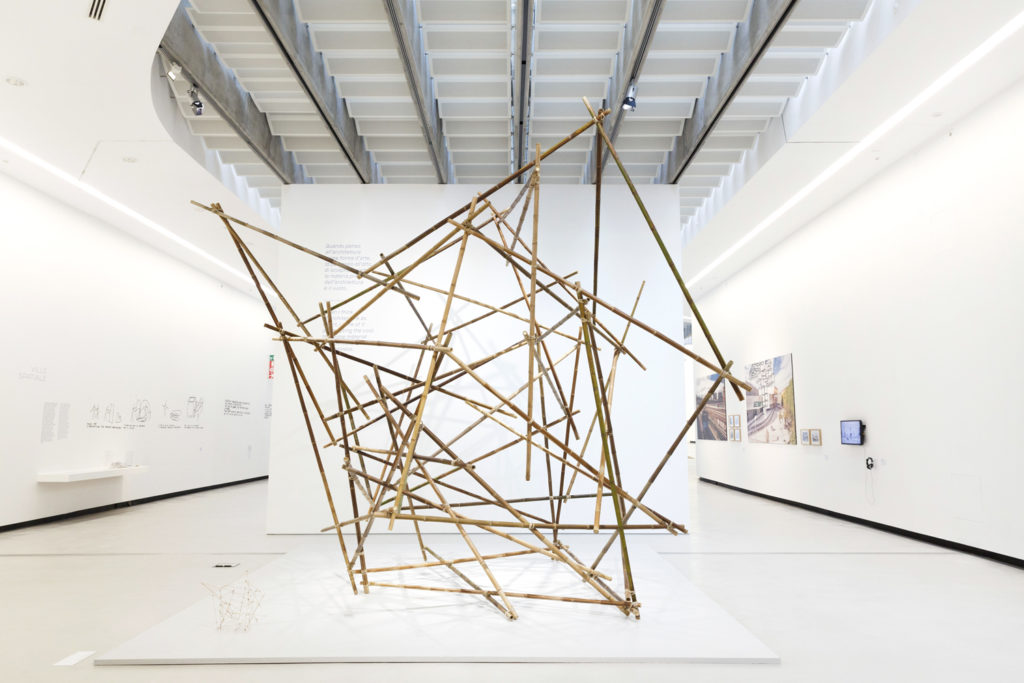

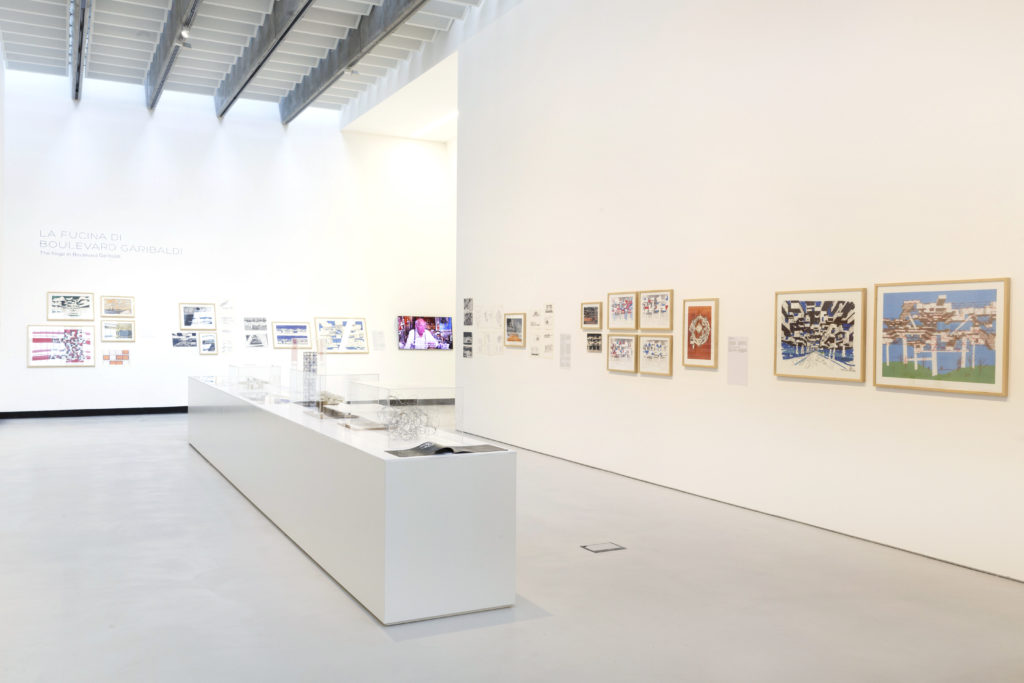


Gallery 4
curated by Gong Yan and Elena Motisi
A legendary figure, a fundamental point of reference for artists and architects, an icon of post-war Utopian architecture
The exhibition, born out of the collaboration with the Power Station of Art in Shanghai presents the intense and conflictual relationship between the Utopian dimension of design and its realization through the work of Yona Friedman.
The theory of mobile architecture, conceived by Friedman in 1950s, called into question the Modernist vision whereby the inhabitants are required to adapt to a building and not the reverse: through sketches, models and animations the exhibition recounts the development of this theory while at the same time exploring the theme of improvisation as a “possibility” in the world of architecture, as theorised by Friedman from the 1970s.
Architecture Mobile
Space Frames
Ville Spatiale
Boulevard Garibaldi
Street Museum